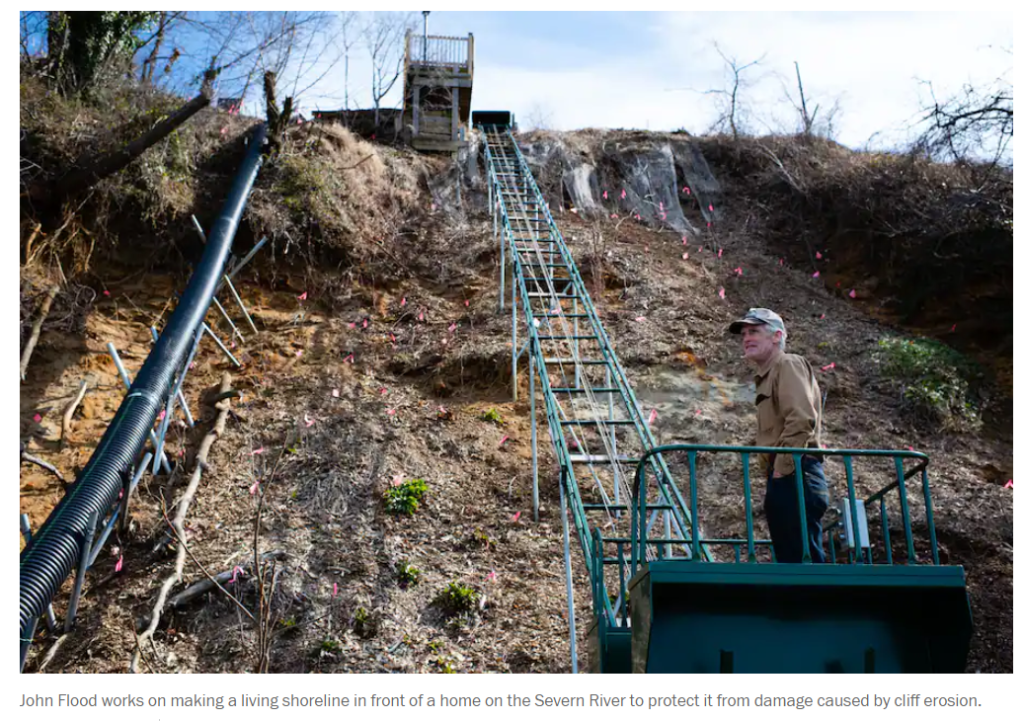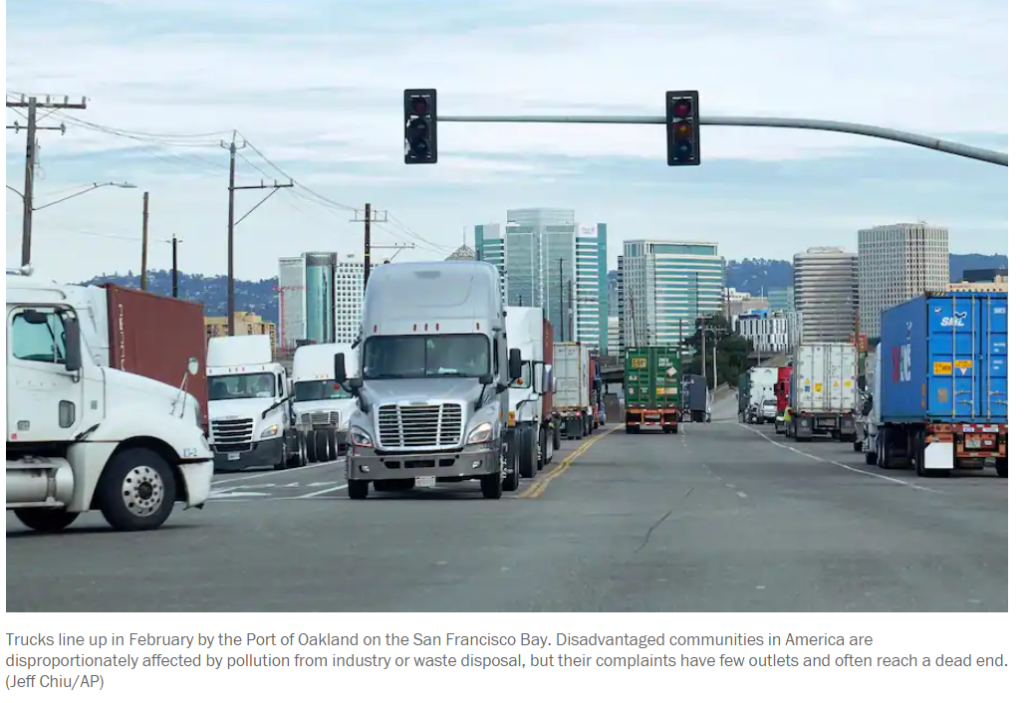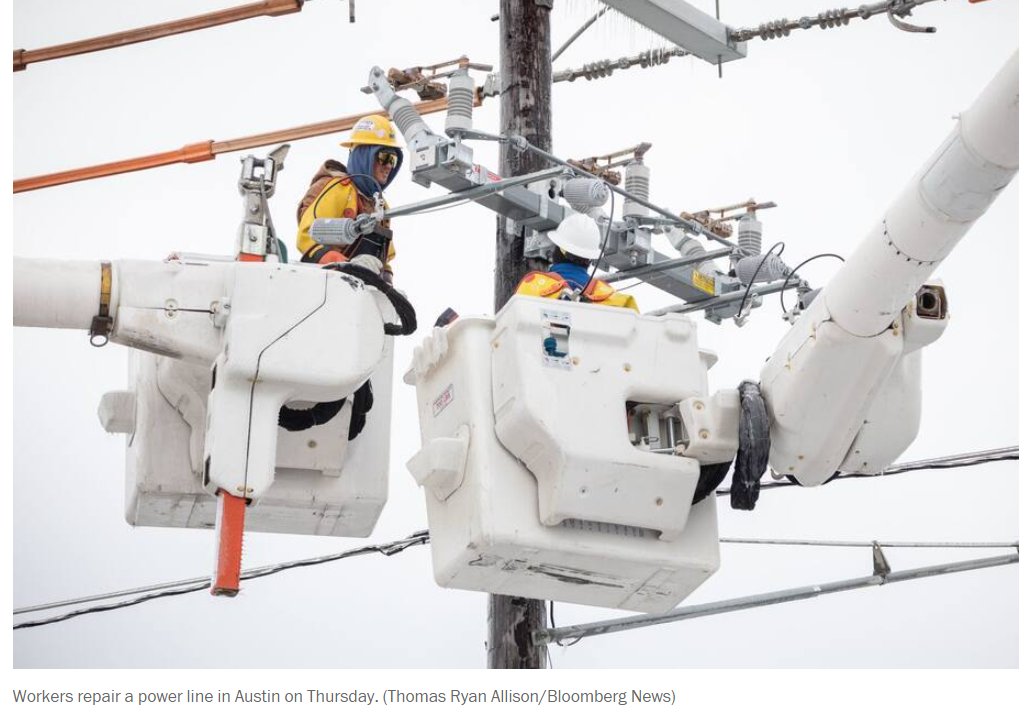The recent horrors in Texas, as millions went without electricity and water during a historic winter storm and cold snap, remind us of the ticking time bomb that is our nation’s aging infrastructure. In the early 20th century, we made bold investments in our infrastructure that powered our success, and our continued prosperity depends upon our ability to innovate and adapt. Yet we have failed to invest for decades, leading to the American Society of Civil Engineers consistently giving America’s infrastructure C-minus to D-plus marks.
As climate change brings more frequent and intense weather events, our infrastructure will continue to face challenges it was not built to withstand. The most vulnerable among us will suffer disproportionately. If this is to be a time of equitable renewal amid a global pandemic, then we must meet this once-in-a-generation opportunity to address our crumbling infrastructure, climate change and social equity with a natural solution.
Ten years ago, 241 Texas power plants couldn’t take the cold. Dozens of them failed again this year.
The case for engineering with nature
A 21st-century infrastructure system should incorporate conventional approaches using rock, concrete and steel that are strategically designed to work with natural infrastructure. Imagine a concrete flood wall with an expansive reef and marsh in front of it. The wall provides flood protection benefits during storms but does little on a sunny day. In contrast, the reef and marsh system not only reduces the power of waves but also self-adjusts to rising seas, captures carbon, improves water quality, and provides places for us to hunt, fish and recreate.

Further inland, river floodplains, parks and greenspaces can serve as pressure relief valves to help protect downstream communities from flooding and pollution. When conventional engineering and Mother Nature join forces, our communities are protected by multiple lines of defense that generate a wide range of economic, environmental and social benefits.
Deadly Texas blackout shows our vulnerability to coming climate extremes
Importantly, the U.S. Army Corps of Engineers will soon release new guidelines outlining how natural infrastructure can best support resilience and flood-risk reduction. This four-year effort, involving scientists and engineers from around the world, will, for the first time, outline in a comprehensive fashion how to best conceptualize, plan, design, engineer, construct and maintain natural infrastructure.
A price on the environment, and life itself
One of the primary barriers to implementing this approach are benefit-cost analysis requirements for federal projects. BCA requirements are rooted in an intuitive approach that most of us use every day. When faced with a decision, we consider our alternatives, weigh the pros and cons, and pick the solution that provides the greatest benefit for the lowest cost. This approach makes sense for a fiscally responsible government but falls on its face when we don’t consider some of the most important benefits. What if the greatest benefit of the project is a more equitable and resilient future?
Current practice focuses on monetizing the economic benefits of concrete flood walls and levees based on the property values they protect. For decades, many of the engineers and economists who design and evaluate federal infrastructure projects have not fully considered the benefits and costs related to the environment, human health and social equity. As a result, the deck is stacked against progress.
The science of monetizing environmental and social benefits has dramatically advanced, and it is time for federal policy and practice to catch up. Tools like social return on investment employ well-established economic, accounting and social science research to measure what we know to be true — our communities and our environment are worth far more to us than their property values alone.
An opportunity at the intersection of infrastructure, environment and social equity

When we limit ourselves to old ways of thinking about costs and benefits, we tend to invest in protecting wealthier communities. This approach perpetuates climate injustice: Multimillion-dollar condos on Miami Beach are deemed worthy of protection while less wealthy neighborhoods, disproportionately communities of color that have been underserved or actively harmed by past infrastructure investments, are neglected.
But there’s reason to be optimistic. President Biden has rightly made environmental justice a core priority and called for modernizing the regulatory process to account for environmental and social factors. Tucked away in last year’s coronavirus relief bill was a provision that, for the first time, clearly permits the Army Corps of Engineers to consider environmental and social factors when developing infrastructure projects. In its 2021 “Report Card for America’s Infrastructure” released Wednesday, for the first time, the American Society of Civil Engineers recognized natural infrastructure as a key solution for building resilience and raising the grade across all infrastructure sectors.
While these are encouraging developments, change of this magnitude is never easy. Consistent leadership from the White House and relevant federal agencies will be needed to break decades of federal practice in which exclusive reliance on outmoded economic calculations and conventional infrastructure has limited progress. If we do not act today, it’s not a question of whether another extreme weather event will expose our growing vulnerabilities but when and at what cost.
Brian Bledsoe is the director of the Institute for Resilient Infrastructure Systems and a Georgia Athletic Association distinguished professor in the College of Engineering at the University of Georgia. Justin Ehrenwerth is the president and chief executive of the Water Institute of the Gulf in Baton Rouge and former executive director of the Gulf Coast Ecosystem Restoration Council.
Article Credit: washingtonpost
